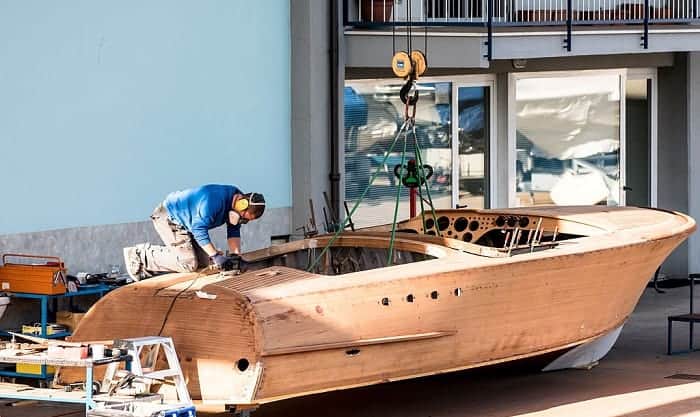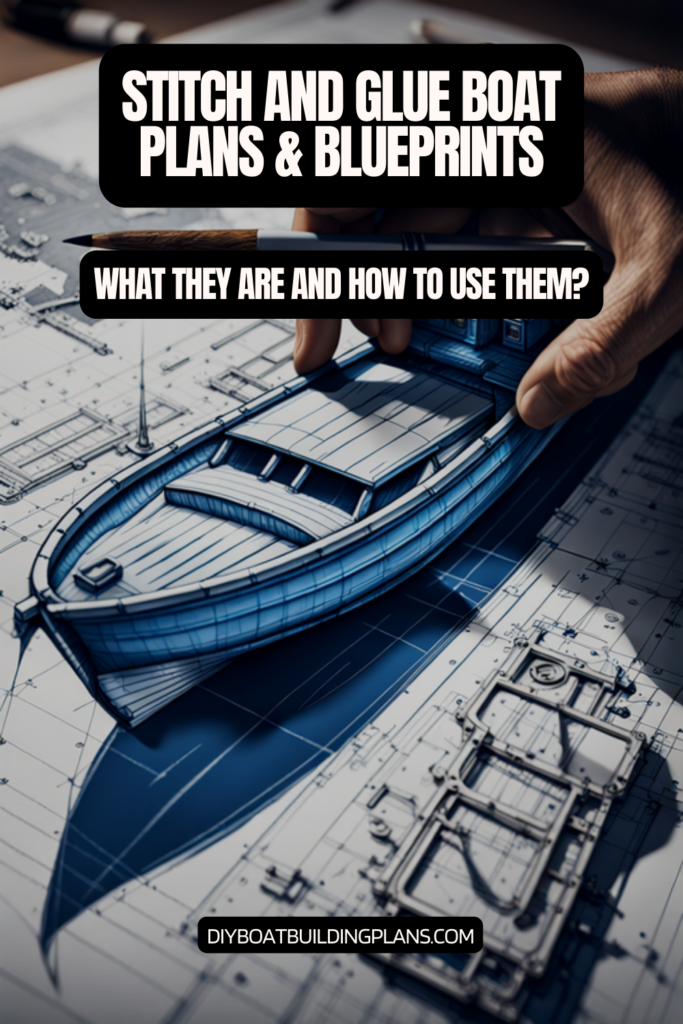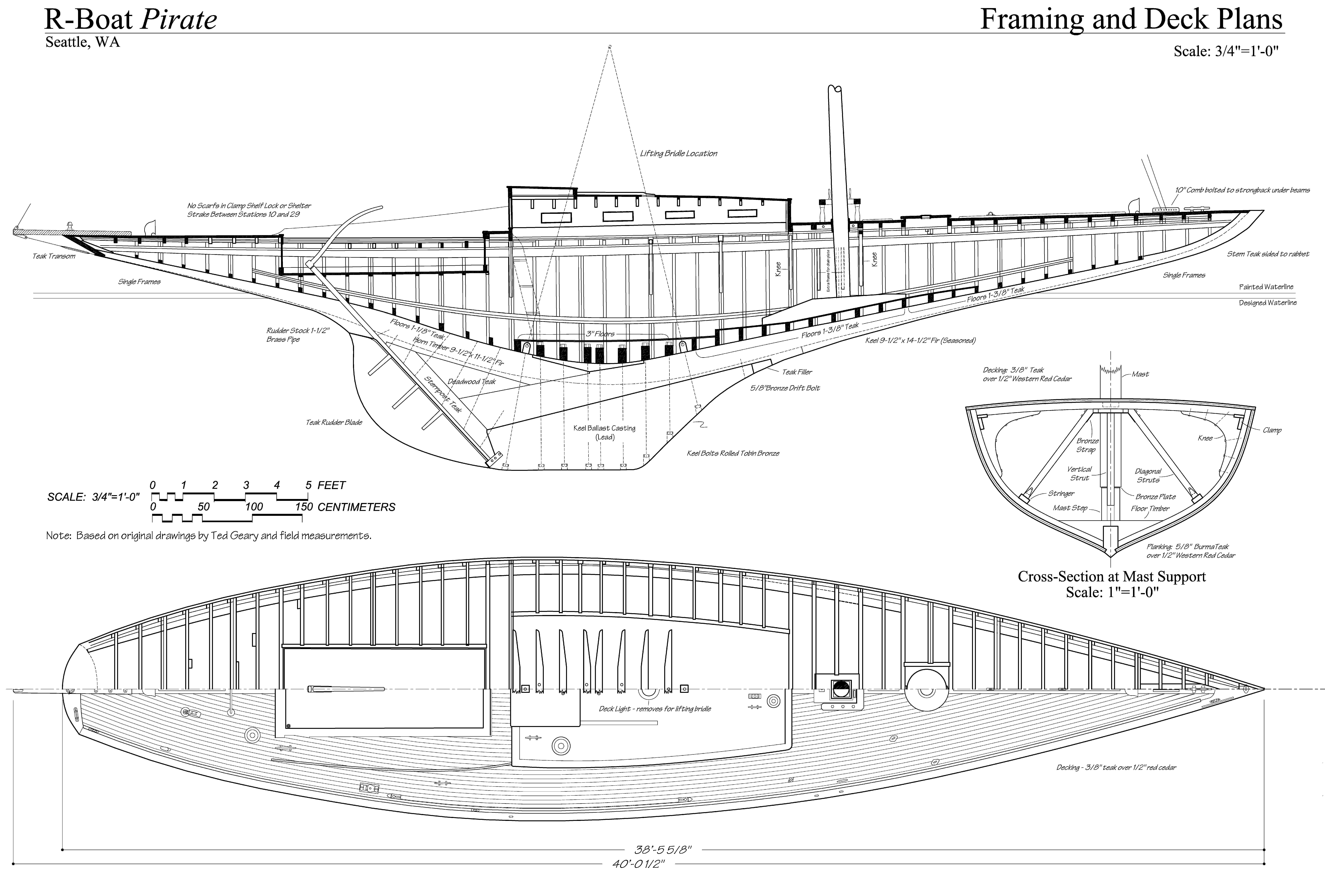Houseboat Plans for Functional, High-Quality Floating Homes
So, you're dreaming of life on the water? A houseboat could be the perfect fit for you! Imagine waking up to breathtaking views, having your own private dock, and being able to cruise to new destinations whenever the mood strikes. But before you start daydreaming about sunsets on the deck, let's talk about the nuts and bolts of building a houseboat. You'll need a solid plan, and that's where houseboat plans come in.
Houseboat plans are more than just blueprints. They're your roadmap to success. Think of them as a detailed guide that outlines every aspect of your floating home, from the foundation to the finishing touches. But with so many different houseboat plans available, how do you choose the right one for your unique vision?
Let's dive into the world of houseboat plans, exploring what makes them essential, the different types you can choose from, and the key factors to consider when selecting the perfect plan for your dream houseboat.
Why are Houseboat Plans so Important?
Imagine building a house without a blueprint. It would be a recipe for chaos, right? The same holds true for houseboats. Houseboat plans provide a clear, structured framework for your project, offering numerous benefits:
- Clear Design and Layout: Houseboat plans give you a visual representation of your future home. You'll see the arrangement of rooms, decks, and even the placement of windows and doors. This helps you visualize how the space will flow and ensures everything fits together perfectly.
- Detailed Specifications: Beyond the layout, houseboat plans include specific dimensions, materials, and construction techniques. This ensures your boat is structurally sound, safe, and built to withstand the elements.
- Cost Estimation: Having a detailed plan allows you to get accurate quotes for materials, labor, and permits. This helps you budget effectively and avoid costly surprises down the road.
- Streamlined Construction: With a solid plan in hand, your construction process will be more organized and efficient. It will also help you avoid costly mistakes and ensure that your houseboat meets all the necessary safety and regulatory standards.
Types of Houseboat Plans
The world of houseboat plans is as diverse as the water itself. There are plans for every taste, budget, and lifestyle. Let's explore a few common types:
Pre-Designed Plans
These are like ready-made blueprints, offering a complete design that you can adapt to your specific needs. They usually include detailed drawings, material lists, and construction instructions. Pre-designed plans are a great option if you're looking for a cost-effective solution with minimal customization.
Custom Plans
If you have a unique vision for your houseboat, custom plans are the way to go. You can work with a professional houseboat designer to create a plan that perfectly reflects your style and preferences. This gives you complete control over the layout, features, and materials, but it can be more expensive than pre-designed options.
Modular Plans
Modular houseboat plans are like building blocks, allowing you to combine pre-designed modules to create your ideal home. This can be a good compromise between customization and affordability. You can choose from a variety of modules like bedrooms, kitchens, bathrooms, and living areas and arrange them in a way that suits your needs.
Essential Factors to Consider When Choosing a Houseboat Plan
Choosing the right houseboat plan is crucial for building a successful, functional, and enjoyable floating home. Here are some key factors to consider:
Size and Layout
The size of your houseboat will depend on your budget, the number of people you need to accommodate, and the type of water you plan to navigate. Consider the number of bedrooms, bathrooms, and living spaces you require, and think about how you'll use the space. Don't forget to factor in decks and other outdoor areas for enjoying the water views.
Budget
Houseboat plans can vary significantly in cost, so set a realistic budget before you start browsing. Consider the cost of materials, labor, permits, and any custom features you desire.
Materials
The materials used in your houseboat will influence its durability, weight, and maintenance. Common materials include wood, aluminum, fiberglass, and steel. Each has its pros and cons. Do your research to determine the best materials for your needs.
Construction Method
Houseboats can be built using various methods, such as traditional framing, modular construction, or even prefabricated panels. Choose a method that aligns with your skills, budget, and the complexity of your plan. Consider factors like availability of labor and the required tools.
Environmental Considerations
In today's world, it's essential to be mindful of the environment. Think about energy efficiency, waste management, and water conservation. Look for plans that incorporate features like solar panels, composting systems, and low-flow plumbing fixtures.
Navigating the Houseboat Plans Marketplace
With so many options available, finding the perfect houseboat plan can be a bit overwhelming. Here are some tips to help you navigate the marketplace:
- Online Resources: Websites specializing in houseboat plans offer a wide range of options, from pre-designed to custom designs. Browse these sites and compare different plans to get a sense of what's available.
- Houseboat Magazines and Publications: Magazines and publications dedicated to boating and houseboating often feature articles and advertisements for houseboat plans. These can be a good source of inspiration and information.
- Houseboat Designers and Architects: If you're looking for a custom plan, find a reputable designer or architect specializing in houseboat design. They can help you create a plan that perfectly reflects your vision and needs.
- Houseboat Communities and Forums: Connect with other houseboat enthusiasts online or at local boat shows. They can offer valuable insights, recommendations, and even share their own experiences with houseboat plans.
The Benefits of Building Your Own Houseboat
Building your own houseboat can be a rewarding experience, allowing you to create a unique and personalized floating home that reflects your style and preferences. Here are some of the benefits:
- Customization: With a custom plan or even by adapting a pre-designed one, you have complete control over every detail of your houseboat, from the layout to the materials and finishes. You can create a home that perfectly suits your needs and lifestyle.
- Cost Savings: While building a houseboat can be a significant investment, doing it yourself can potentially save you money compared to buying a pre-built houseboat. You'll be responsible for the labor, which can significantly reduce the overall cost.
- Learning Experience: Building a houseboat is a challenging yet fulfilling journey. You'll gain valuable skills and knowledge in carpentry, plumbing, electrical work, and other construction trades.
- Pride of Ownership: There's a sense of pride and accomplishment that comes with creating something from scratch. Knowing you built your own floating home is a truly rewarding experience.
Commonly Asked Questions About Houseboat Plans
Here are some frequently asked questions about houseboat plans:
Q: What are the most important factors to consider when choosing a houseboat plan?
A: The most important factors to consider are size and layout, budget, materials, construction method, and environmental considerations. Make sure the plan aligns with your needs, budget, and desired lifestyle.
Q: How much does it cost to build a houseboat?
A: The cost of building a houseboat varies greatly depending on the size, complexity, materials, and construction method. Expect to invest a significant amount of money, but remember, you can potentially save by doing the work yourself.
Q: What are the best resources for finding houseboat plans?
A: Online resources, houseboat magazines, designers and architects specializing in houseboat design, and houseboat communities and forums are all excellent sources for finding high-quality houseboat plans.
Q: Are there any regulations or permits required for building a houseboat?
A: Yes, there are typically regulations and permits required for building and operating a houseboat. These vary depending on your location. Check with local authorities for specific requirements.
Choosing the right houseboat plan is a critical step in building your dream floating home. With careful consideration and planning, you can create a truly unique, functional, and enjoyable place to live on the water. Remember, a well-crafted houseboat plan is your roadmap to success, so take your time, do your research, and choose wisely.











